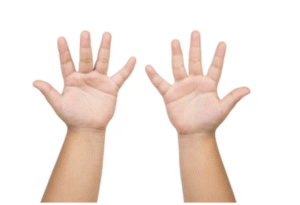What Is Bilateral Coordination?
Bilateral coordination is the ability to use both sides of the body simultaneously in a controlled and organized manner. This skill allows children to perform countless daily activities, from the simple act of holding paper while writing to more complex IADLs like riding a bike or playing an instrument.
 Why Does It Matter?
Why Does It Matter?
Strong bilateral coordination is foundational for so many childhood activities. It supports self-care skills like buttoning shirts and brushing teeth, school tasks like writing and using scissors, and other activities like sports and playing musical instruments. Children with poor bilateral coordination may appear clumsy, avoid certain activities, or become frustrated during tasks that require using both hands together.
Signs Your Child May Need Support:
- Difficulty with scissors or other tools requiring two hands
- Trouble with buttons, zippers, or shoe tying
- Avoiding playground equipment like monkey bars or climbing structures
- Challenges catching or throwing a ball
- Difficulty crossing the midline of their body during activities
- Preference for using only one hand, even when two would be more efficient
How Occupational Therapy Can Help:
At Building Blocks, we assess bilateral coordination through both standardized testing and functional observation. We then create individualized treatment plans filled with fun, engaging activities that build these skills naturally. From obstacle courses and bean bag games to crafts and sports activities, we make therapy feel like play while targeting the specific skills your child needs.


